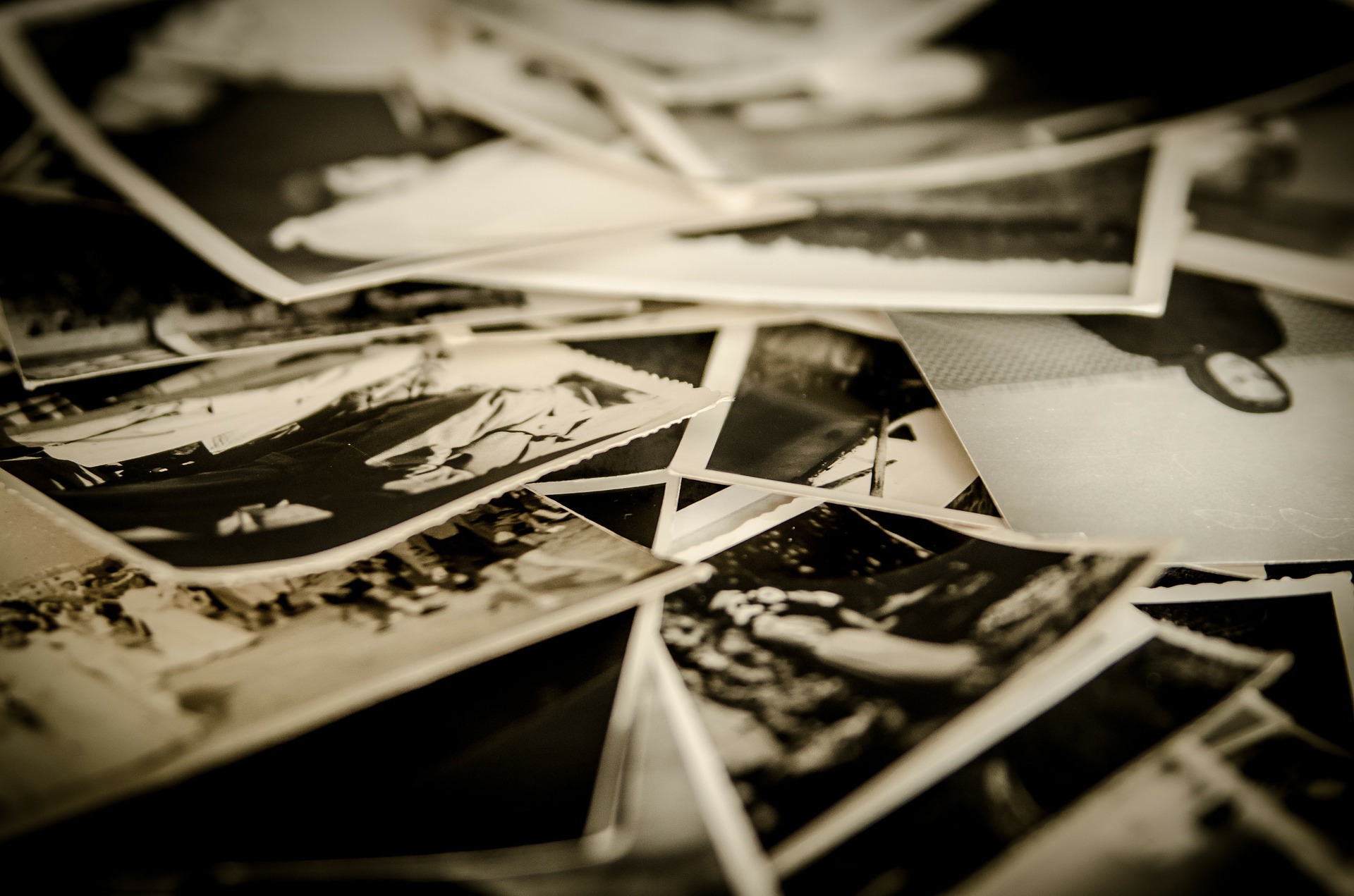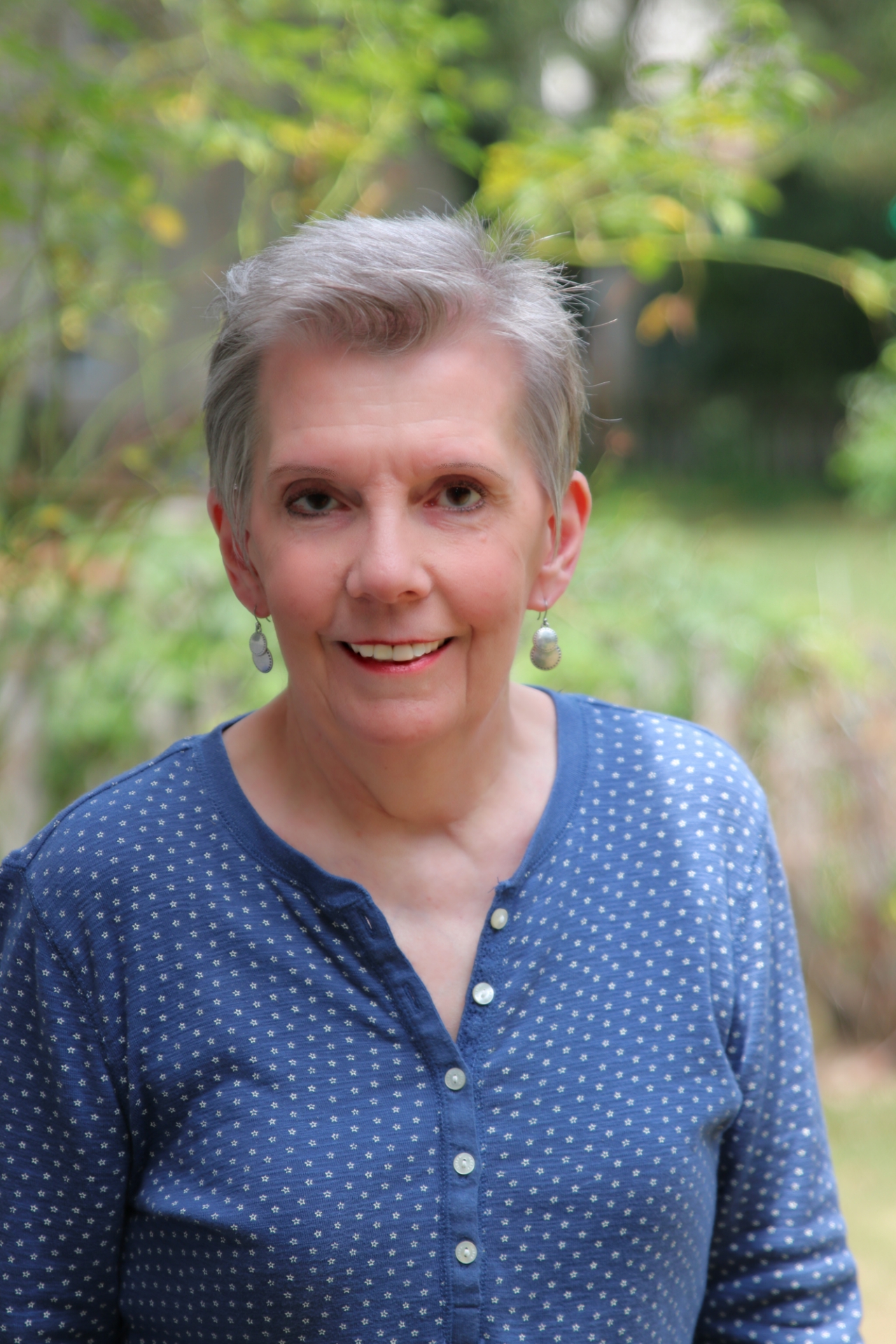In the early weeks when it was so hard to focus on anything because we were trying to accept and understand the scale of the COVID-19 awfulness, my beloved and I would find ourselves staring aimlessly at various device screens, or huddled together on the sofa, weeping as we watched the evening news. Darkness seemed to touch every pore of our being.
Eventually, we realized we needed to shift our attention and energy to other things. Not because we were in denial. Simply because most health experts were encouraging all of us to remember to eat, hydrate, exercise, or be creative, whether we were working from home or trying to adapt to a strange and different life within the same familiar walls.
With daily reminders that living through a pandemic is the stuff of history books come to life, we slowly began to dabble in various activities. He tackled a few small DIY projects that had been set aside for who knows how long.
As for me? Besides my sporadic attempts to write, I decided to go through a large box of old photographs that had been in my family for decades and make a pile of the ones we wanted to scan to permanent files so we could pass them on to our children.
I had only been at this project a few hours [on several different days] when it became clear it was much more than putting a photograph here, another over there. As I carefully thumbed through the stacks, a range of feelings and emotions emerged. Delight. Joy. Sadness. Wonder. Peace. Sadness. Yes, you read that last one twice.
At the same time, it also became clear the presence of these feelings—specifically the sadness—was most likely the reason I had avoided this task for so long. Why? I’d grown up with an alcoholic father who committed suicide when I was 21 and many of the photographs and associated memories were painful.
I don’t know that any of us relish the idea of feeling sad. On the other hand, I’ve been through enough personal healing to know that the longer we dance around or away from the thing we suspect will stir up all the discomfort, the longer it resides within our soul as an open wound.
Determined to press on, I made my way through the box. Several insights emerged amid the aforementioned list of feelings:
- It is good to feel. The good feelings. The uncomfortable feelings. Because in the end, ALL our feelings and emotions can be used of God to heal our broken places. We, however, must make the choice to press through them first.
- There is no such thing as a bad feeling or emotion—the problems arise when we allow those feelings to motivate cruel or unloving action. Years ago when I first confronted what had happened with my father, I had to let myself feel the anger and hurt. Now, when I looked at all these old pictures of the younger me with him, I could feel the sadness of how much he must have struggled to stay sober.
- There’s nothing like a pile of childhood photographs to remind you that “you ain’t that little person anymore.” Mortality. Nothing can rattle our “getting old is for other people” psyche like taking a stroll through a snapshot timeline of completed decades.
- To get to be a kid is a precious time. While many of us have experienced far from idyllic storybook childhoods, we know as a culture and society that we adults must do our best to provide a healthy, stable, peace-filled time for our progeny to grow into adulthood. No life is without pain, yet it is good to remember these little ones have been gifted to us.
I’m not quite finished with the sorting yet. Will take several more hours. Nonetheless, I am grateful for God’s grace to persevere to completion. In the meantime, I find myself chuckling at the good memories, acknowledging the sad, and embracing all of them as another step in becoming the person God has created me to be. And that feels pretty darn positive.
Do I resist feeling or thinking about memories? Why?
Am I open to God using my memories to bring about healing?
What one memory is my favorite? Least favorite? Why?







